Introduction
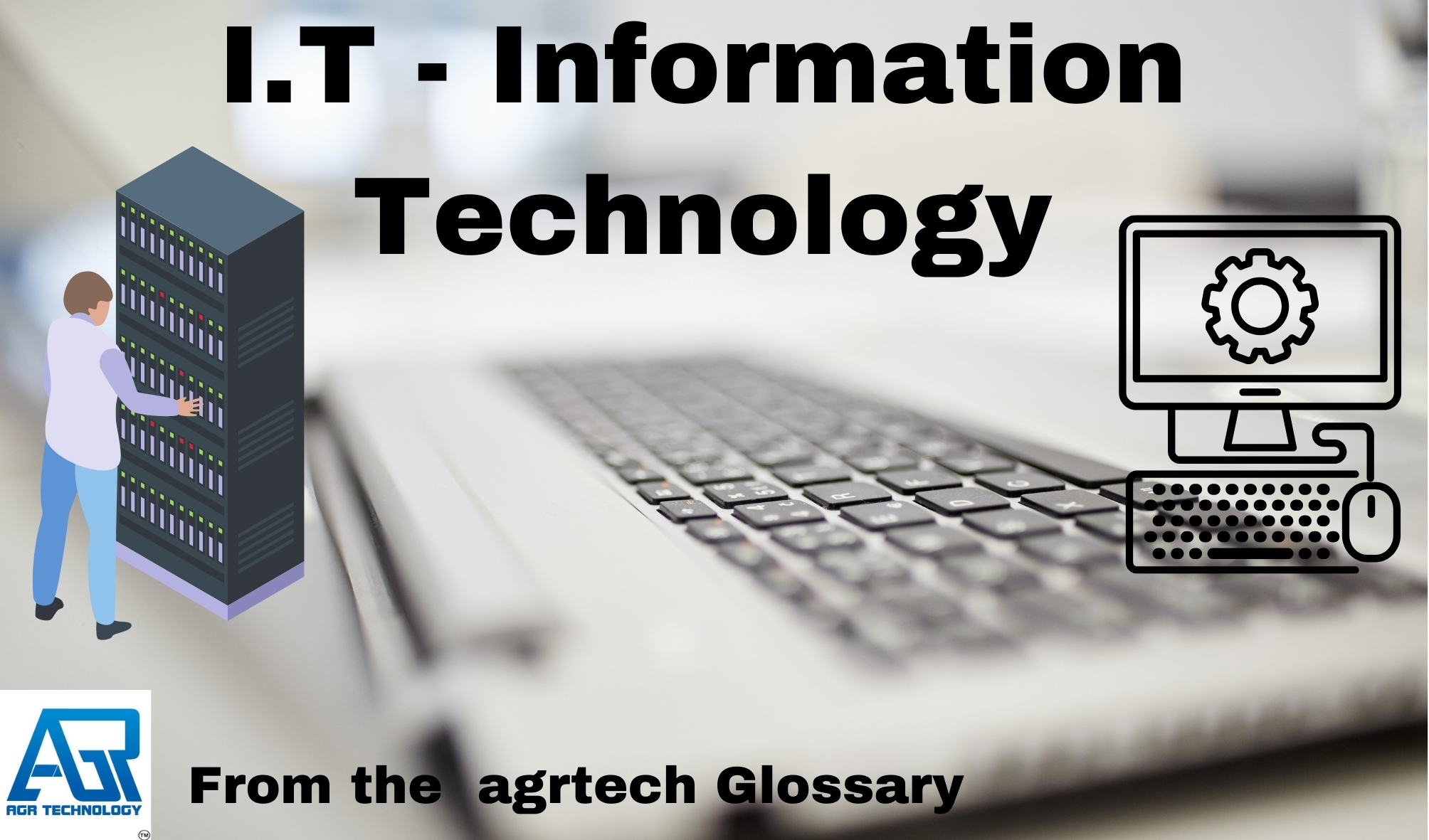
Information Technology commonly abbreviated as I.T or just IT is the use of computers to create, process, store, retrieve, and exchange various types of electronic data and information. In contrast to personal or entertainment technologies, information technology is typically used in the context of business operations.
The term is most commonly used to refer to computers and computer networks, but it also refers to other information distribution technologies such as television and phone systems.
Been a very large field I.T encompasses a wide scope of different areas such as the following core categories:
Related page on our website: Managed IT Services For Melbourne, Victoria, Australia businesses
Data storage & backup
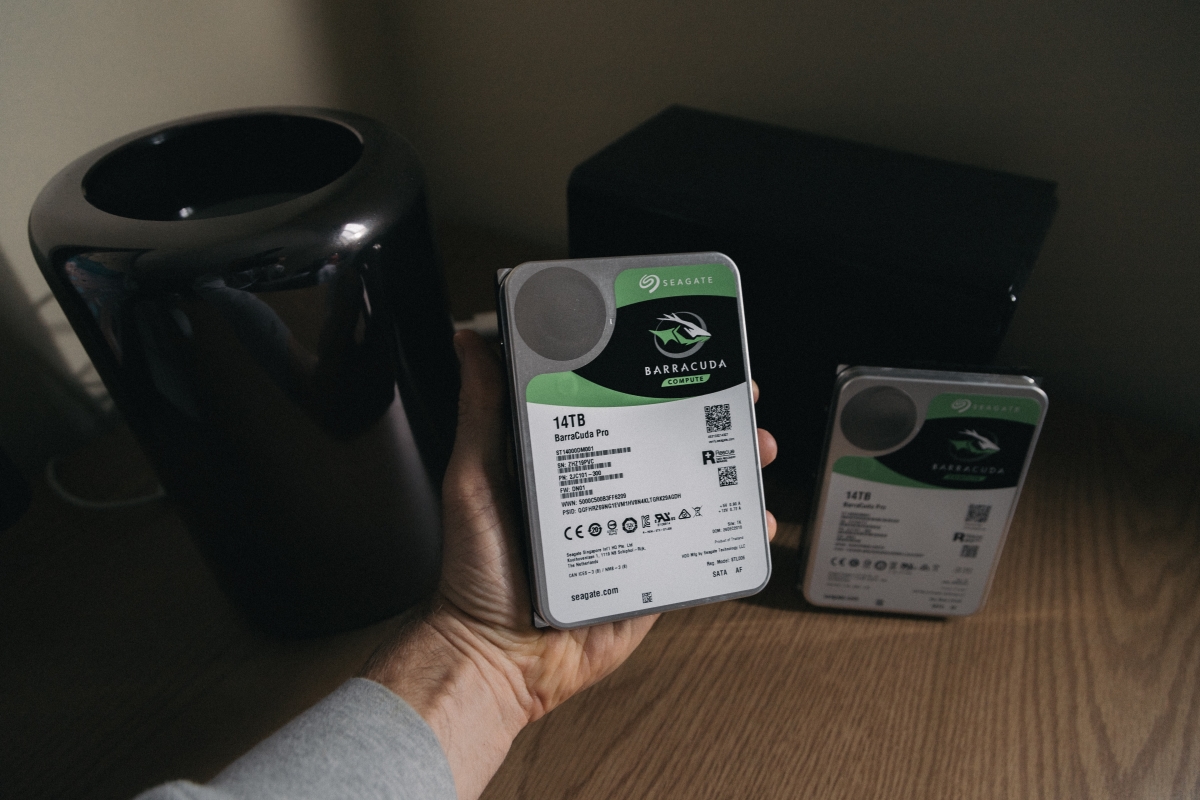
Storage of data is very important aspect of I.T and generally covers means of storing information and backing up of that information to a secure location to prevent loss should a hardware or software failure occur.
Backup hardware is typically covered by a NAS (Network Attached Storage) unit which is essentially a mini computer containing multiple storage drives to act as one large storage unit.

This device can be used to hold files and share them across multiple workstations in an office or business network or house backups from different workstations or a server elsewhere.
Other aspects of storage which may be taken care of by an I.T/MSP company may include data redundancy which involves using multiple drives (hard drives or SSD’s) which are clustered together so if one fails data can be replicated across other drives.
This mechanism helps provide resilience to hardware ensuring data isn’t lost and systems can continue operating.
Networking
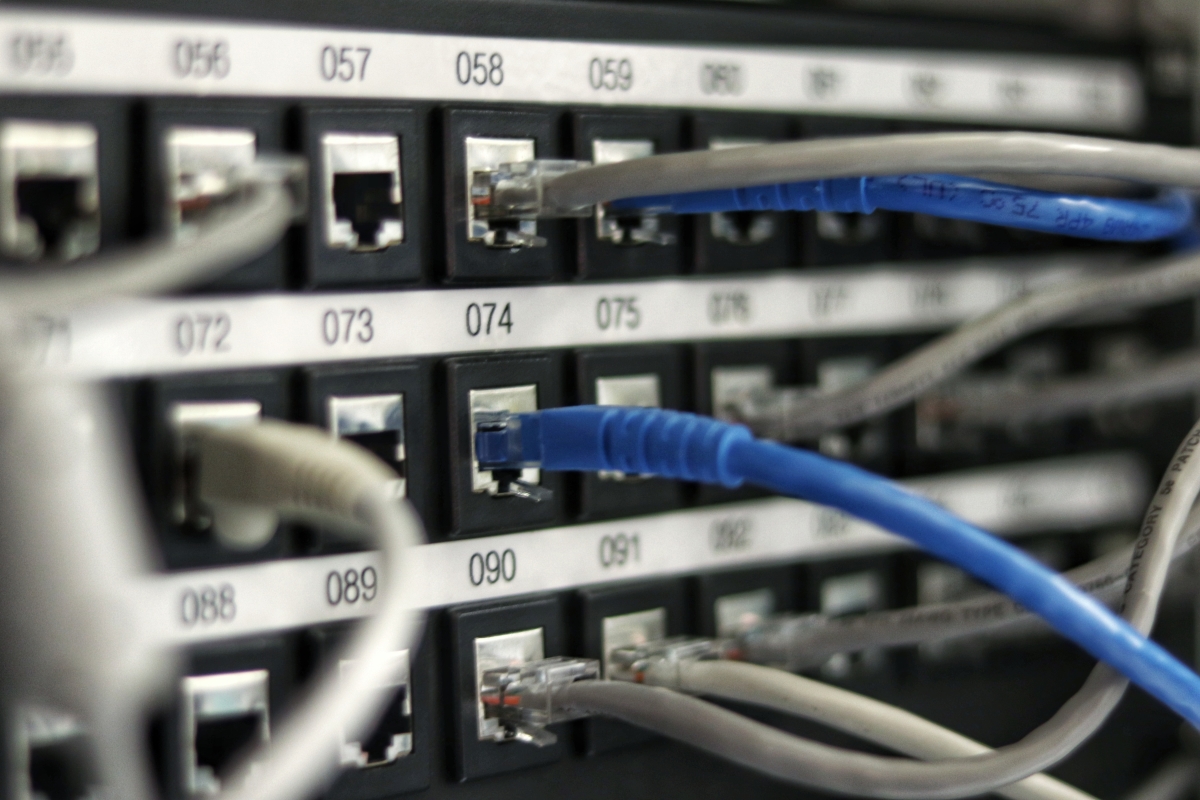
Networks are the backbone of an I.T system and includes many different types of infrastructure such as routers, switches, hubs and other equipment like CCTV/IP cameras.
I.T will often include the provision and monitoring of this type of infrastructure.
Cloud computing & infrastructure management
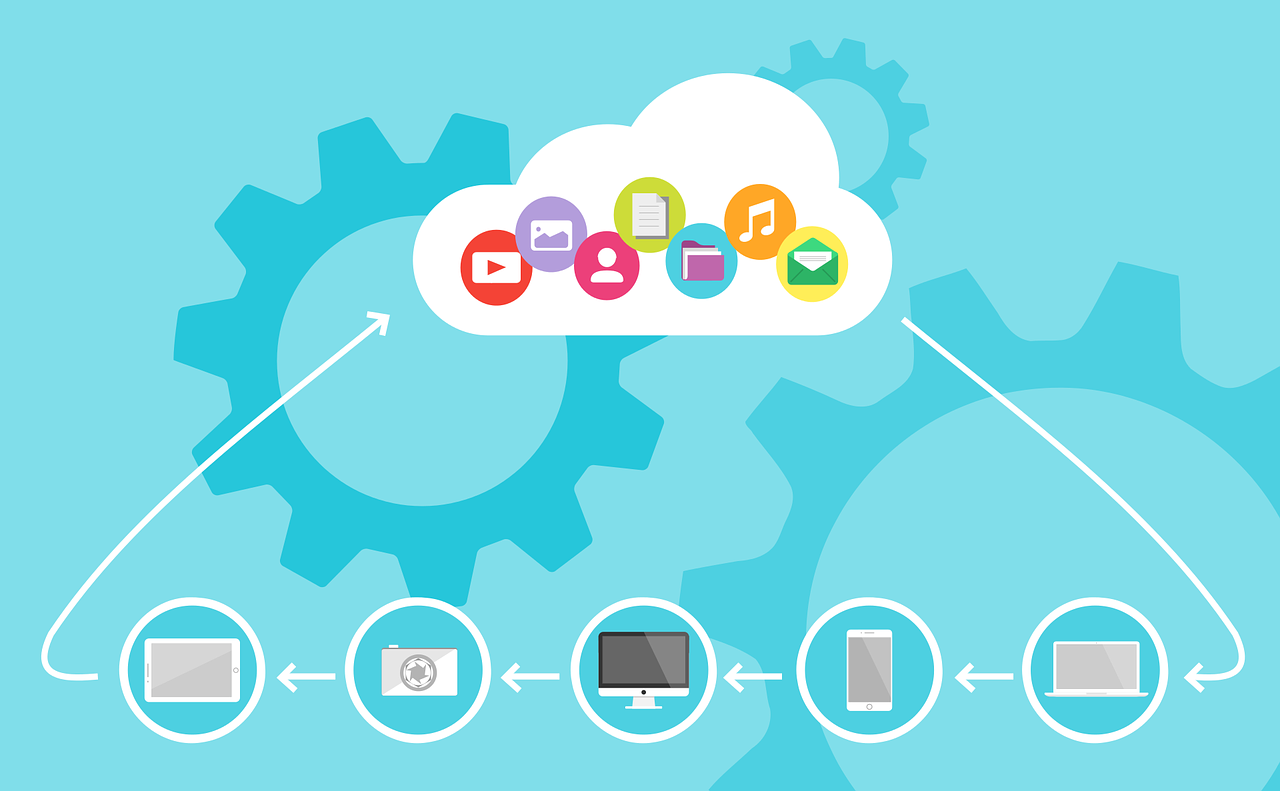
In recent years cloud computing has become a very important area and many applications are hosted in the cloud. I.T may involve managing information or services hosted in cloud servers.
Other examples of this include cloud-based software subscriptions such as Microsoft Office 365, CRM tools and much more.
Data/cyber security
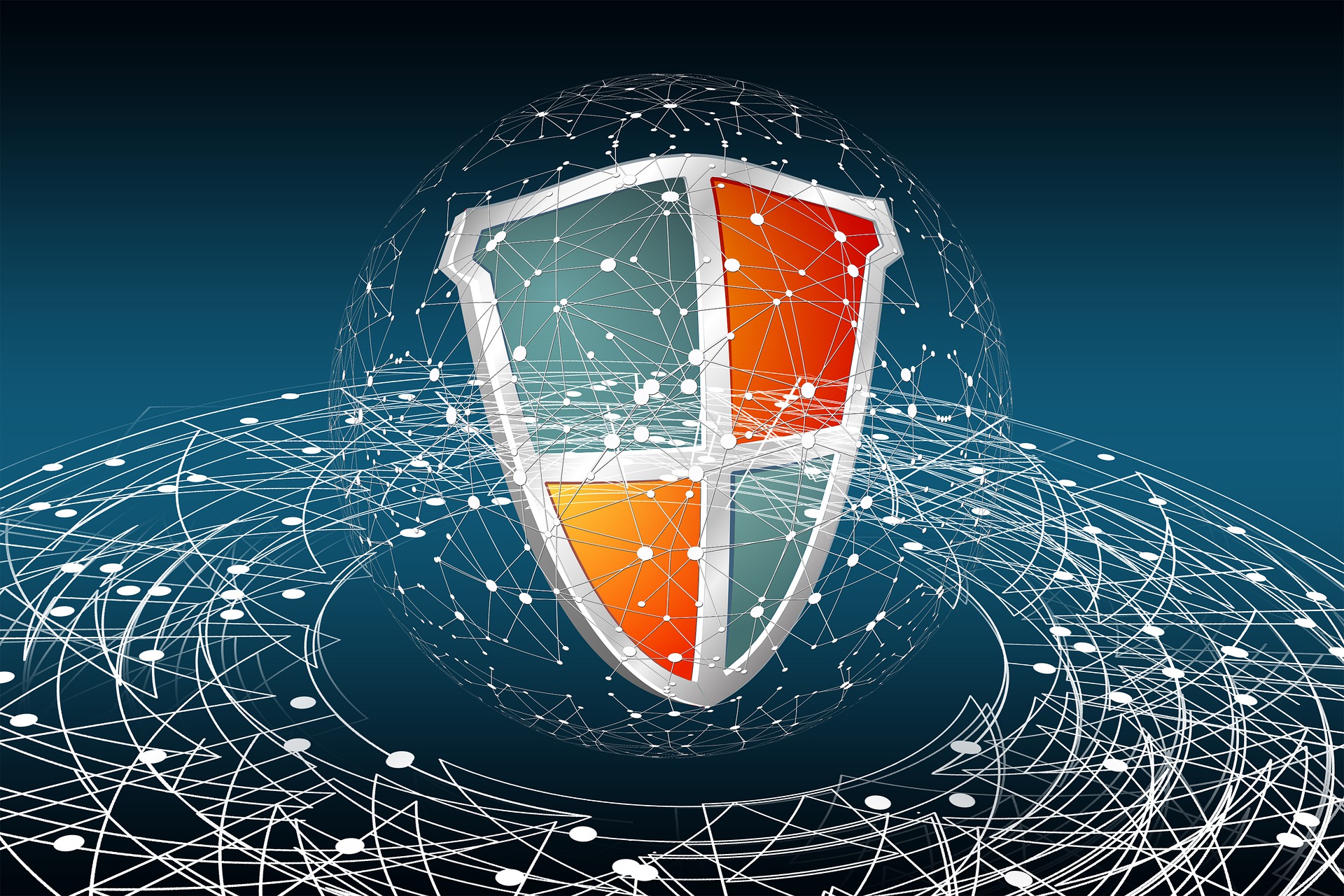
With the rise of digital attacks and the numerous threats like Ransomware and other Malware security is a very important component of I.T and can include but is not limited to the following:
- Encrypted backups
- Firewalls
- Anti-virus software
- User access policies
- Password policies
- Computer audits
Related content you may like: Computer Virus Removal Guide
Helpdesk/remote support
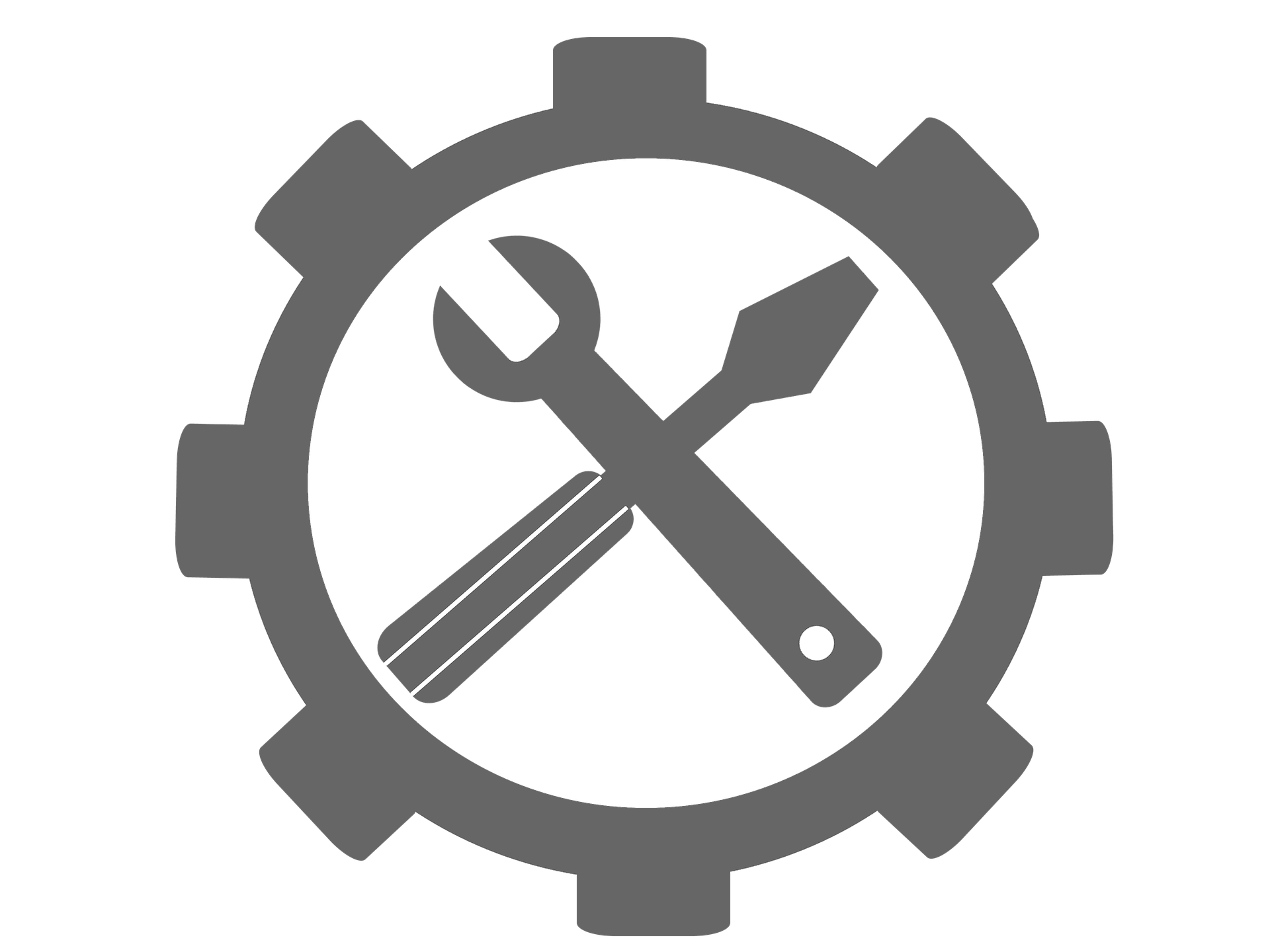
Helpdesk systems are what most people associate with I.T support related activities. This is made up of remote software which allows technicians to remotely control a target computer so they can provide assistance to the end-users.
Features of many of these tools include:
- Ability to control the computer and access different parts of the Operating System
- Ability to share files and messages to the end-user
- Record/take screenshots for documentation
- Some help-desk systems also provide functionality for end-users to submit issues as a “ticket” so they can be documented and attended to by technicians.
Telephony/phone systems
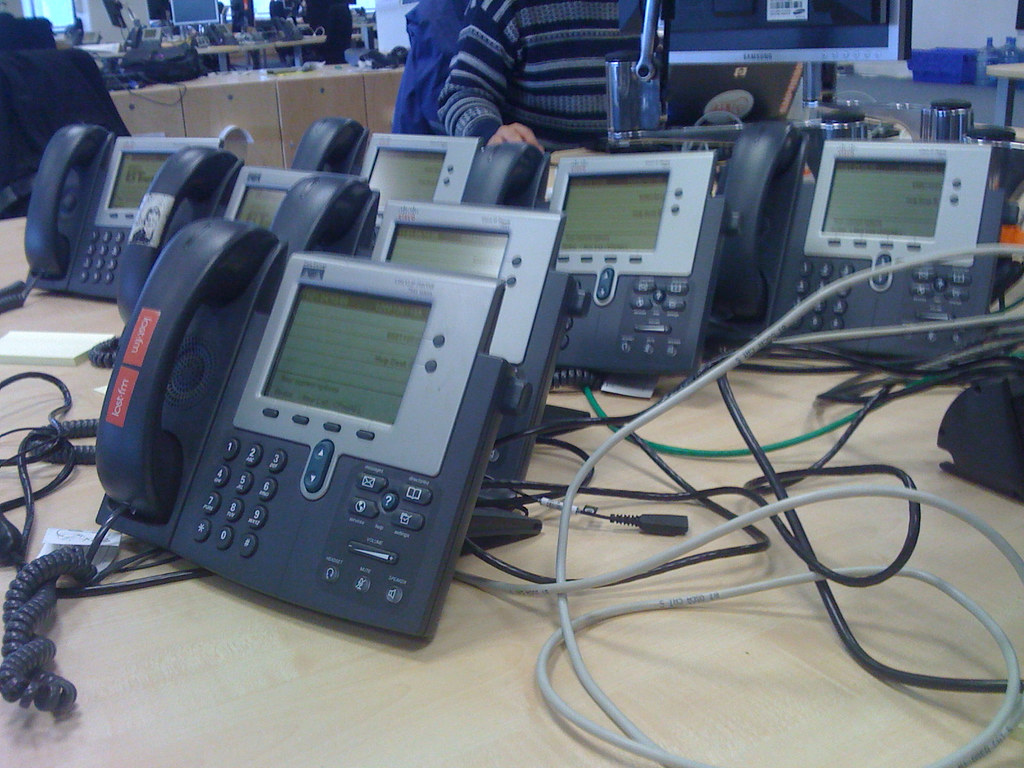
For many businesses phone systems are very important and form part of what is considered critical infrastructure. This portion of I.T can include the setup, maintenance and monitoring of phone systems, phone numbers and technologies such as VOIP and PBX units.
Printers & hardware peripherals

Another important utility in offices is printers and scanners and when they stop working they can reduce staff productivity.
IT teams often monitor printers and fix issues and deal with the following tasks:
- Paper jams
- Printer driver issues
- Printer driver installation/updates
- Printer networking
Related content you may like: How to fix common printer issues on Windows, macOS and Linux
Brief background history of I.T
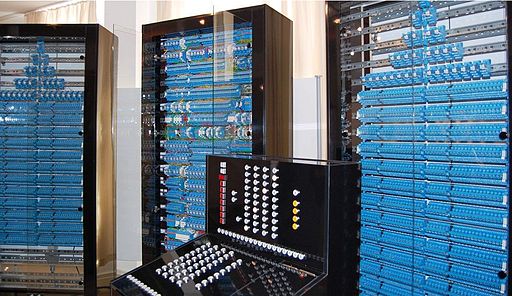
(A modern day rebuild of the historical Z3 computer)
The Antikythera mechanism, which dates from the early first century BC, is widely regarded as the earliest known mechanical analogue computer. The world’s first programmable computer was the electromechanical Zuse Z3, which was completed in 1941 by a German engineer named Konrad Zuse.
During WWII, Colossus created the first electronic digital computer to decrypt German messages. The development of transistors in the late 1940s enabled the design of a new generation of computers with significantly lower power consumption.
The Ferranti Mark I was the first commercially available stored-program computer, with 4050 valves and a power consumption of 25 kilowatts. The first transistorised computer, developed at the University of Manchester and ready for use in November 1953, consumed only 150 watts in its final form.
The inventions resulted in the development of the personal computer (PC) in the 1970s and the emergence of the information and communication technologies (ICT).
Conclusion
We hope you found this resource page to be helpful, if so consider sharing this with your friends and family and following AGR Technology on social media to keep up with new content we post.
Also be sure to check out our blog, free software & tools and business services for more information.
AGR Technology is an Australian based business founded in Shepparton, Victoria offering digital solutions to businesses of all different sizes such as Website Design/Development, Managed Web Hosting, Software Development and Digital Marketing services such as Managed SEO campaigns.
Frequently Asked Questions (FAQ)
What is IT (Information Technology)?
Information technology (IT) is the use of computers, software, networks, and other technologies to manage and process data. It covers a wide range of tasks, including computer systems, database management, software development, and IT support.
What are the key elements of an IT infrastructure?
An IT infrastructure consists of hardware (servers, computers, and networking devices), software (operating systems and applications), networking (routers, switches, and firewalls), and data management systems (such as databases). These aspects collaborate to support and offer IT services and solutions.
What is cybersecurity, and why does it matter?
Cybersecurity refers to the protection of computer systems, networks, and data from digital attacks, theft, or damage. It is critical because it secures sensitive information, assures data integrity and availability, and shields enterprises from financial and reputational harm caused by cyber threats.
What’s the distinction between IT support and IT services?
IT support is often defined as the assistance users receive in troubleshooting and resolving technical difficulties such as hardware failures or software mistakes. IT services, on the other hand, cover a broader variety of operations, such as managing IT systems, introducing new technologies, and giving strategic guidance to maximize IT resources.
What is a VPN, and how does it work?
A Virtual Private Network (VPN) is a technology that establishes a secure, encrypted connection over an insecure network, such as the internet. It enables users to send and receive data as if their devices were directly connected to a private network, hence increasing privacy and security when accessing internet resources.
What is IT’s function in company strategy?
IT plays an important part in corporate strategy because it allows firms to streamline processes, increase efficiency, and gain a competitive advantage. It facilitates decision-making through data analysis, improves communication and cooperation, and promotes creativity through new technology and solutions.
How can organizations ensure they are compliant with IT regulations and standards?
Organizations can ensure compliance with IT regulations and standards by staying informed about relevant laws and guidelines, implementing robust policies and procedures, conducting regular audits and assessments, and providing ongoing training for employees. Engaging with legal and IT compliance experts can also help navigate complex regulatory environments.
More Content From Our Glossary:
IaaS (Infrastructure As A Service)
CIO (Chief Information Officer)
API (Application Programming Interface)
New content from our Google profile(s):
Source(s) cited in this page:
Information Technology – Wikipedia. (2012, August 1). Information technology – Wikipedia. https://en.wikipedia.org/wiki/information_technology.
“Z3 (computer)” Wikipedia, 28 Nov. 2002, en.wikipedia.org/wiki/Z3_(computer). Accessed 12 Nov. 2021.
Trautman, Peggy Salz. “A Computer Pioneer Rediscovered, 50 Years On” NYTimes.com, 20 Apr. 1994, web.archive.org/web/20161104051054/http://www.nytimes.com/1994/04/20/news/20iht-zuse.html. Accessed 12 Nov. 2021.
https://commons.wikimedia.org/wiki/File:Finder_Relais_Zuse_Z3.jpg Licensed by Dksen, CC0, via Wikimedia Commons
“The essential guide to computer data storage [electronic resource] : from floppy to DVD : Khurshudov, Andrei, 1963- : Free Download, Borrow, and Streaming : Internet Archive” archive.org/details/essentialguideto00andr/page/n15/mode/2up. Accessed 12 Nov. 2021.
![logo-new-23[1] logo-new-23[1]](https://agrtech.com.au/wp-content/uploads/elementor/thumbs/logo-new-231-qad2sqbr9f0wlvza81xod18hkirbk9apc0elfhpco4.png)